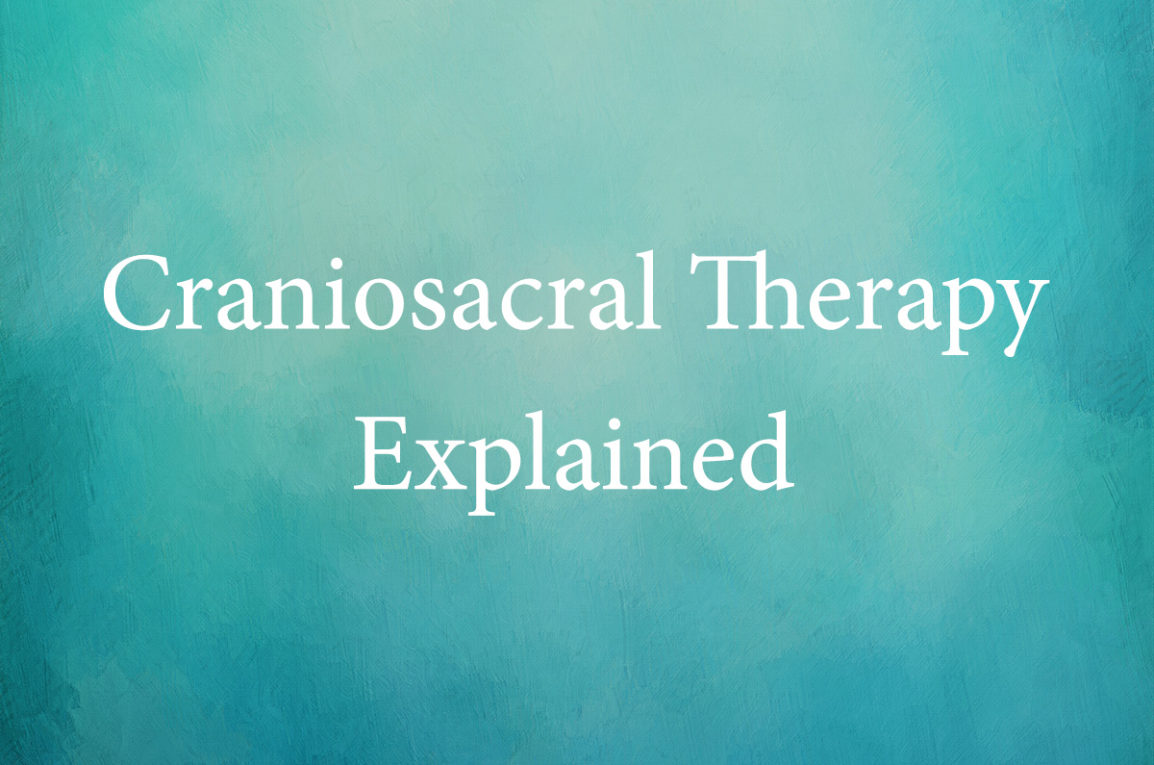Craniosacral Therapy or Cranial Osteopathy (or just Cranial for short), is a very specialized Fascial Release Technique. It focuses on treating scar tissue in the deepest layer of fascia, the dura mater, which is the outer covering of the brain and spinal cord, and the cranial sutures.
Fascia is a very densely woven connective tissue covering and interpenetrating every muscle, bone, nerve, artery and vein as well as all of our internal organs including the heart, lungs, brain and spinal cord. The fascia surrounding the brain and spinal cord (dura mater) continues down inside the spine to the tailbone or sacrum, protecting and supporting the central nervous system. This central nervous system controls the functioning of every organ, muscle and nerve in the body.
In the normal healthy state, the fascia is relaxed and wavy in configuration. It has the ability to stretch and move without restriction. When we experience physical trauma such as a fall, sports injury or whiplash, the fascia will loose its pliability. It becomes tight, restricted and a source of tension to the rest of the body. Surgery, inflammation, and infections can also create fascial restrictions. Habitual poor posture over time and repetitive stress injuries has have a cumulative effect on our body. The fascia can exert excessive pressure on our bodies producing pain or restriction of motion.
Craniosacral Therapy gently manipulates the cranial bones and/or sacrum three dimensionally using a soft touch generally no greater than 5 grams, or about the weight of a nickel. This is done in order to release restrictions in the dura mater and surrounding fascia to improve the functioning of the central nervous system. Once craniosacral fascial restrictions have been identified, the therapist will apply a gentle force and follow the fascial tension three dimensionally with their hands to the restrictive barrier. Once at this barrier the position is held with a constant but gentle pressure until a release is felt.
During the release, the patient and therapist can feel heat, vibration, pulsation and can even reproduce the patient’s symptoms. Once the release is complete, the heat, vibration, pulsation and pain will diminish and there will be a sense of lengthening and relaxation in the tissues. The therapist can then go through several layers of fascial restrictions until the tissues around that structure relax. After a successful treatment, the patient will experience decreased pain, muscle spasm, fascial tension, joint stiffness, and swelling.
There will be improved postural alignment, mobility, flexibility and range of motion. Even though the patient may feel they are experiencing decreased initial pain and are moving better after a treatment, they may still feel aches in their body for several days afterwards as their body adjusts to the changes. This reaction quickly goes with subsequent treatments and does not occur with every patient.
Since craniosacral fascial restrictions can occur due to trauma, we look at each person as a unique individual and each case is different. Depending on the individual, it may take one or several sessions to get the desired response, especially if their symptoms have persisted for months or years. This gentle, manual technique treats the whole person, emphasizing the head, spinal region and sacrum.
Craniosacral Therapy is increasingly used as a preventive health measure for its ability to bolster resistance to disease, and is said to be helpful for numerous conditions such as:
Migraine Headaches
Chronic Neck and Back Pain
Whiplash
Orthopedic Problems
Fibromyalgia
Temporomandibular Joint Pain
Emotional Difficulties
Stress and Tension-Related Problems
Central Nervous System Disorders
Traumatic Brain and Spinal Cord Injuries
Post-Surgical Dysfunction
Infantile Disorders
Colic

